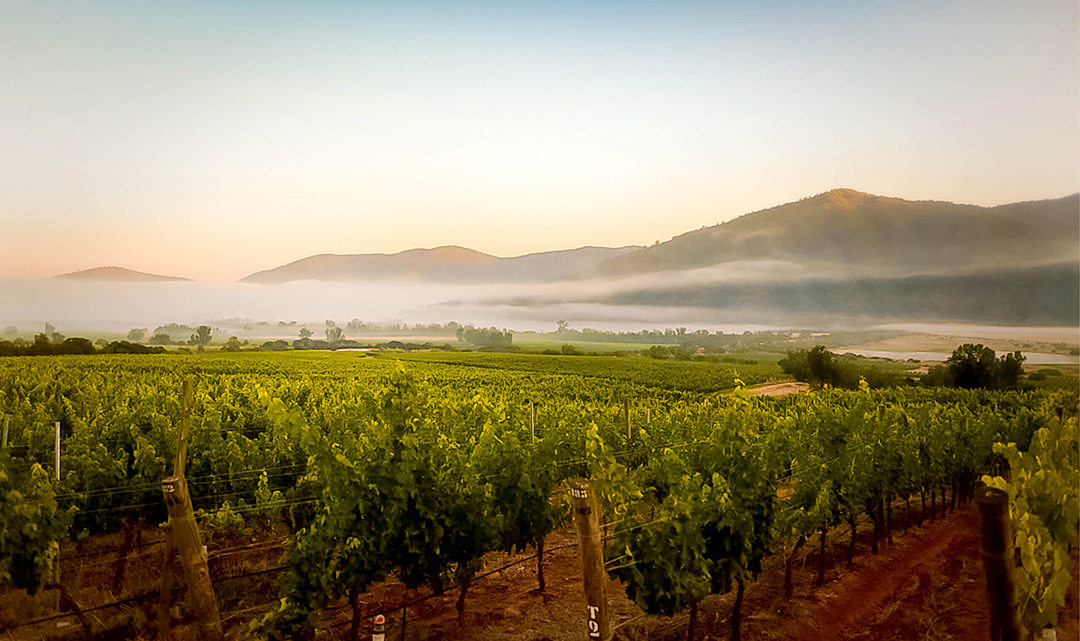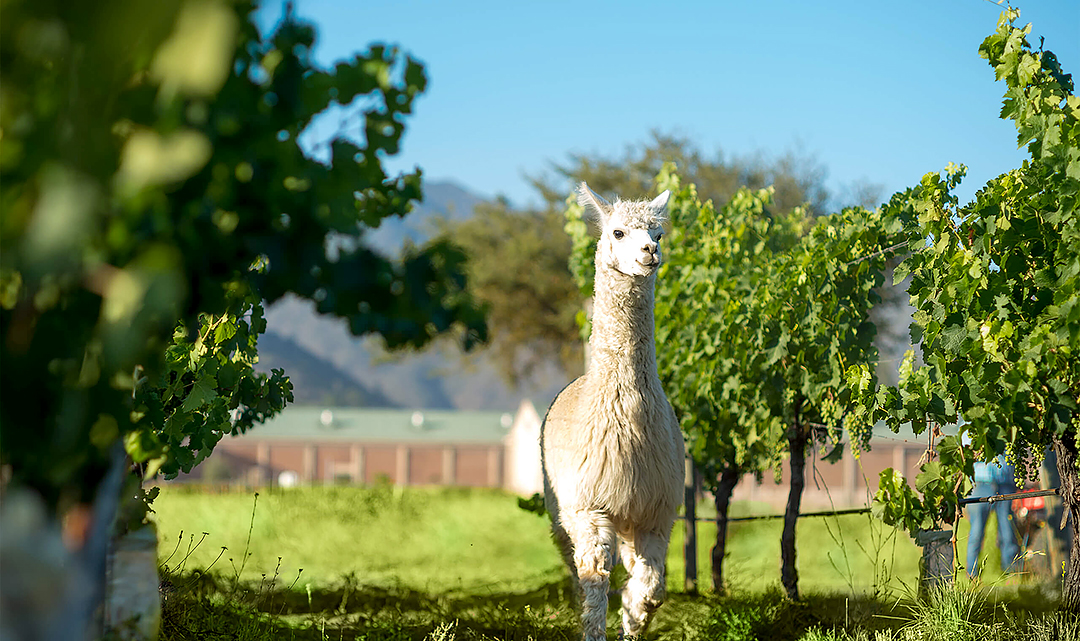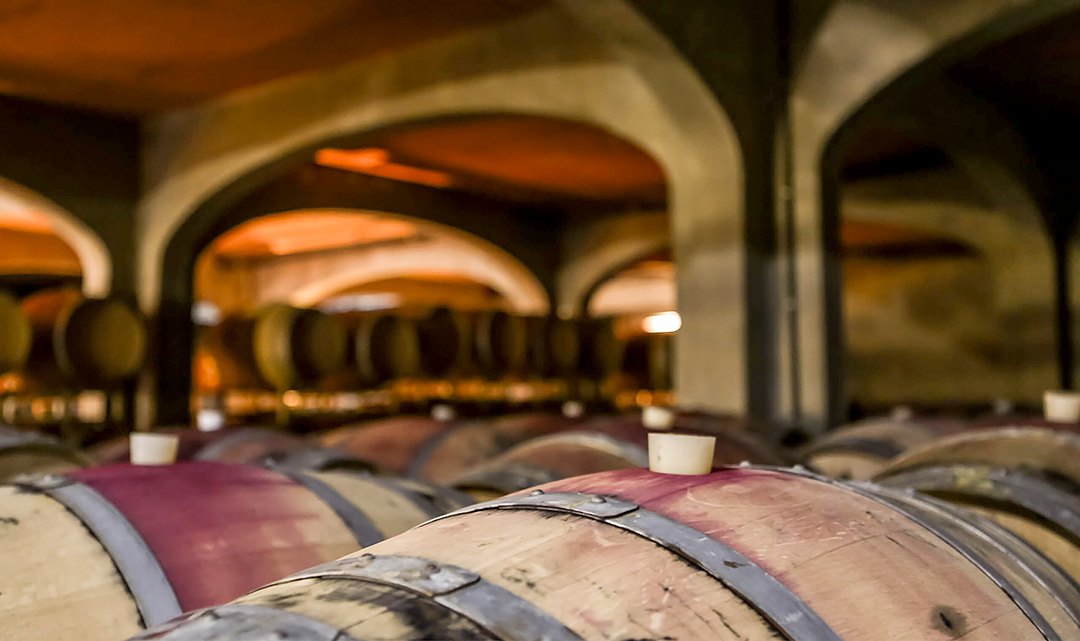Deep ruby color; dark cherry, plum, blackberry, raspberry, pepper, roasted jalapeño, vanilla on the nose and palate.

Dry; smooth tannins with fresh acidity (3.77 pH). Dense, brooding, full body. The organically farmed carménère grapes came from highest parts of the Apalta vineyard and were picked early to preserve varietal character. The lower parts of the vineyard, where ancient vines grow, required little intervention thanks to their deep roots and were harvested on a traditional schedule. The wine spent 12 months in French oak, 18% new. 14.5% ABV
For many years, Chilean growers thought their wines were merlot. The vines were correctly identified in 1994. Carménère is nearly extinct in its native Médoc region of Bordeaux, but now is the red grape of Chile in the same way malbec is the red grape of Argentina. The confusion with merlot is not hard to understand. Carménère’s smooth, soft tannins suggest merlot, as do its dark fruit flavors. Leaf structures are very similar. After plantings in the mid-1800s, Chileans thought it was a special merlot clone—Merlot Peumal (after the Peumo Valley where it was widely grown). Compared to merlot, carménère has stronger vegetable notes, higher acidity, and slightly more assertive tannins.
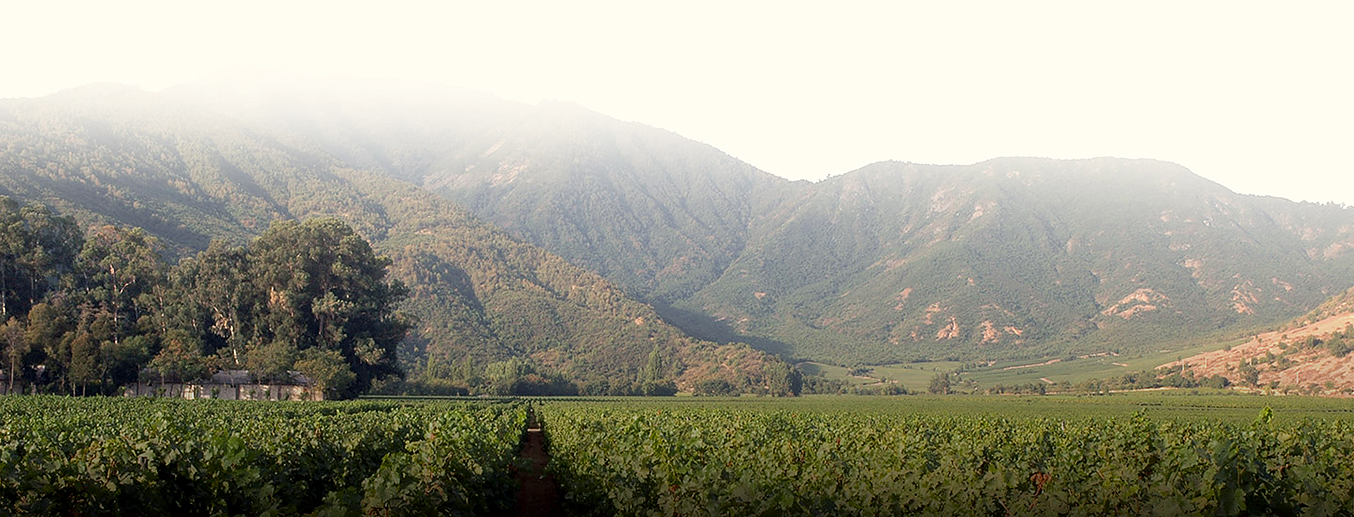
Primus is a brand of Viñedos Veramonte in Casablanca, Chile. In the U.S., Primus is a González-Byass brand, a major player in the wine world. Their website notes: “Primus is a leading brand in the Chilean premium segment and a preeminent example of Chilean quality capabilities. The name Primus is Latin and means ‘the first’ or ‘the first among its peers’, and for good reason. The winery was founded more than 20 years ago by Agustin Hunneus. It was truly a pioneering brand as the first blend of the signature red grapes of Chile: Cabernet and Carmenere. Today, The Blend is still the standard bearer for Primus, and has been joined by two single varietal wines: Primus Cabernet Sauvignon and Primus Carmenere.”
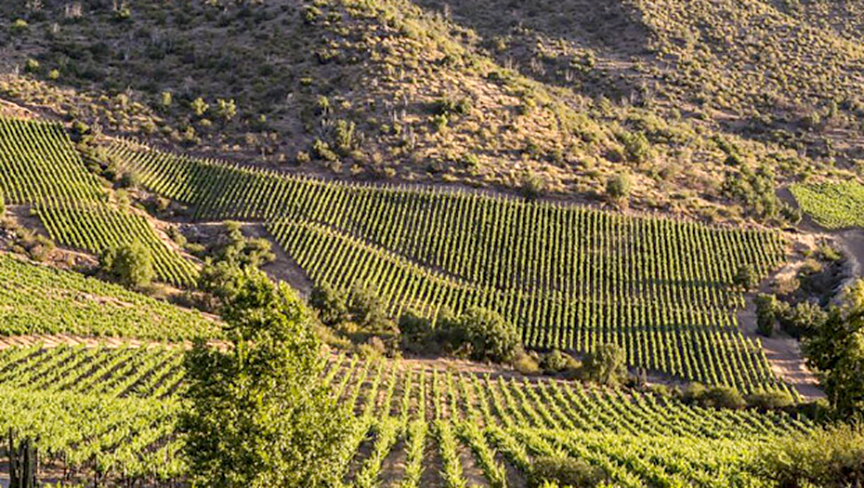
While Primus is its own brand, it is closely associated with Veramonte, another González-Byass brand in Colchague Valley. It appears Primus gets or co-grows its grapes from Veramonte vineyards. A good thing. Veramonte emphasizes organic principles. Website notes: “We follow organic practices in all our estates to ensure the best conditions for the development of the vine, thus achieving vineyards that are sustainable in time. Through cultivating healthy, living soils and maintaining a natural balance in our vineyards and Winemaking process, we obtain quality grapes that express the full potential of the terroir, leading to wines with character, authentic and expressive.”
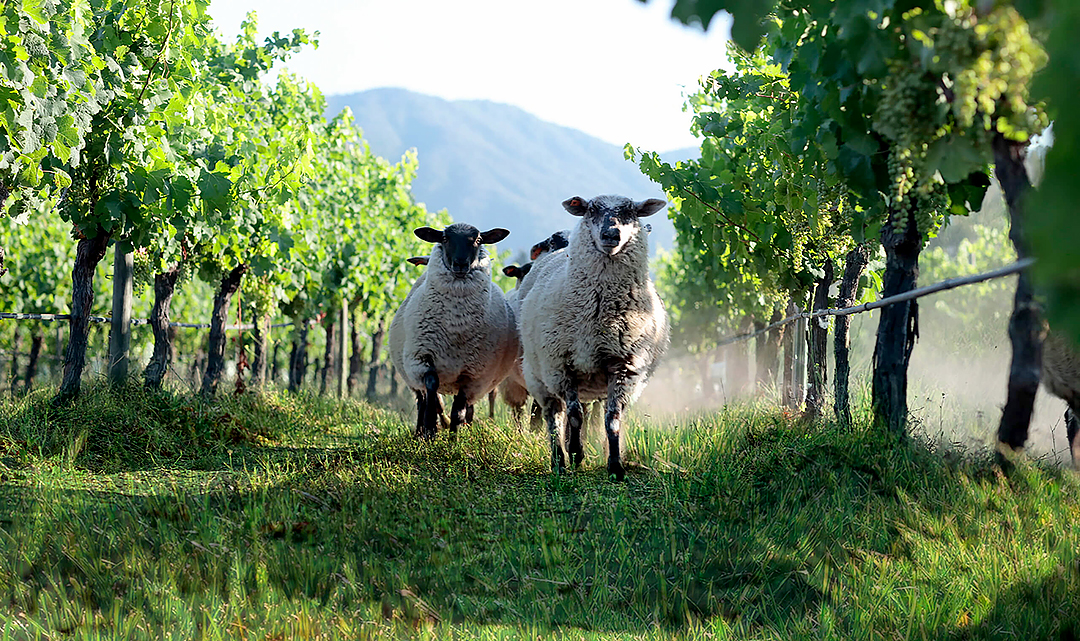
Beyond that, Veramonte, Primus, and González-Byass emphasize a holistic approach to their entire operations. Respect for the land, yes. Also, respect for the people who work the land. Chilean wine is among—maybe the leader—in a total approach to sustainable, responsible practices. In Veramonte vineyards, “Sheep and other animals help us cut grass in spring, air and minimize the compaction of our soils. In addition, they act as a natural fertilizer.” Their vineyards have biological corridors to preserve biodiversity and encourage a self-regulated ecosystem. Veramonte produces all its own compost, utilizing material from the winery and vineyards. And Veramonte/Primus make special effort to responsibly treat their employees and the communities where they live.
Primus Carménère, Colchagua, Chile 2020 is a rich, dense presentation of Chile’s signature red wine. Delicious easy drinker with no rough edges. Some complexity and impressive length. If you enjoy pinot noir and merlot, you will enjoy this and make it part of your milder red wine rotation. Pair with beef—beef empanadas; grilled steaks, rib roast, barbecue, sautéed/braised meat; curry stews and other spicy dishes; lamb stew; pork loin and baby back ribs; pasta dishes with red sauces; veal; poultry. Cheese—hard, aged cheeses; goat cheese; mozzarella, pepper jack, farmer’s cheese, cotija, feta, parmesan. $19-21
